解釋C語言中的堆疊概念
- 王林轉載
- 2023-09-15 16:01:01847瀏覽
資料結構是以結構化方式組織的資料集合。它分為兩種類型,即線性資料結構和非線性資料結構。
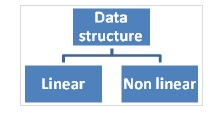
線性資料結構 - 在這裡,資料以線性方式組織。
例如 - 陣列、結構體、堆疊、佇列、鍊錶。
非線性資料結構 - 在這裡,資料以層次結構方式組織。
例如 - 樹、圖、集合、表格。
C語言中的堆疊
它是一種線性資料結構,資料只能在一端插入和刪除。
操作
- Push - 將元素插入堆疊中。
- Pop - 從堆疊中刪除元素。
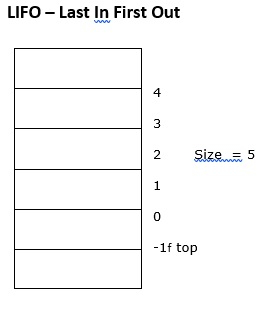
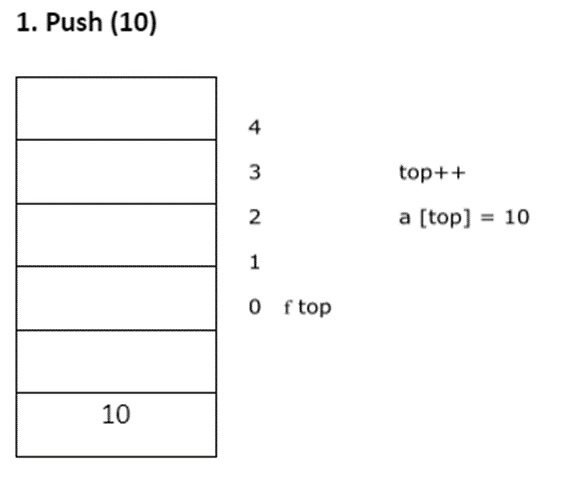
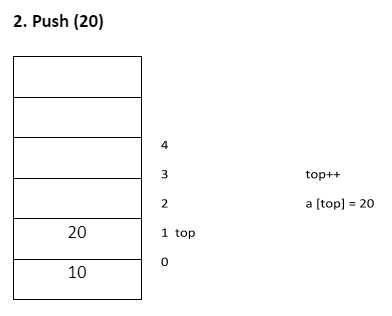
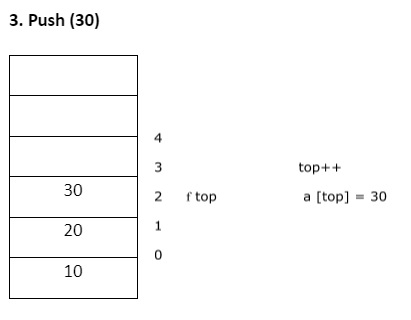
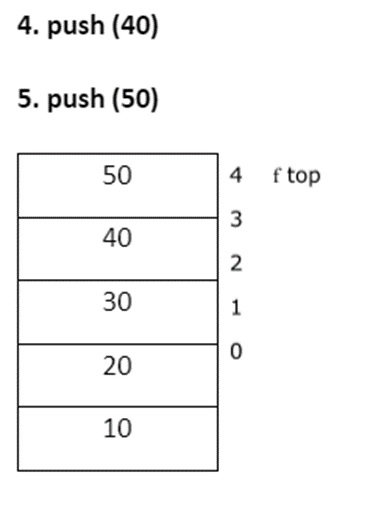
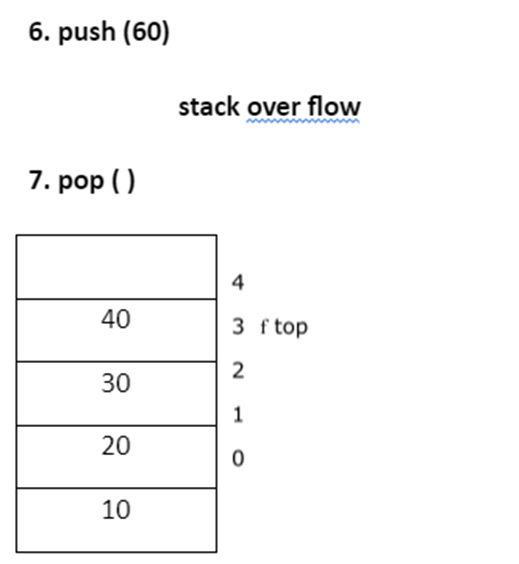
Deleted element = 50 Item = a [top] top --
- ##
Deleted element = 40 Deleted element=30 Deleted element=20 Deleted element =10
#Pop ( )
堆疊溢位
- 條件
- 堆疊溢位- 嘗試向滿棧插入元素。
- 堆疊下溢 - 嘗試從空堆疊中刪除元素。
Push ( ),Pop ( ),Display ( )的演算法
對應的演算法如下:
- Push ( )
if (top = = n-1) printf("stack over flow”);
top ++ a[top] = item
- Pop ( )
if ( top = = -1) printf( "stack under flow”);
item = a[top] top --
- Display ( )
if (top == -1) printf ("stack is empty”);
for (i=0; i<top; i++)
printf ("%d”, a[i]);範例
以下是使用陣列實作堆疊的C程序:#include<stdio.h>
#include <conio.h>
int top = -1, n,a[100];
main ( ){
int ch;
void pop ( );
void display ( );
clrscr ( );
printf ("enter the size of the stack”);
scanf ("%d”, &n);
printf("stack implementation</p><p>”);
printf ("1. push </p><p>”);
printf ("2. Pop </p><p>”);
printf ("3. exit </p><p>”);
do{
printf ( "enter ur choice”);
scanf ("%d”, &ch);
switch (ch){
case 1 : push ( );
display ( );
break;
case 2 : push ( );
display ( );
break;
case 3 : exit
}
}while (ch>=1 | | ch<= 3);
getch ( );
}
void push ( ){
int item;
if (top = = n-1)
printf ( "stack over flow”)
else{
printf("enter an element for insertion”)
scanf ("%d”, &item);
top ++;
a[top] = item;
}
}
void pop ( ){
int item;
if (top = = -1);
printf ( "stack under flow”);
else{
item = a[top];
top --;
printf("deleted element = %d”, item);
}
}
void display ( ){
int i;
if (top = = -1)
printf ( "stack is empty”);
else{
printf("contents of the stack are”);
for (i=0; i<top; i++)
printf ("%d \t”, a[i]);
}
}輸出
當執行上述程式時,它會產生以下結果−###enter the size of the stack = 5 [given by user] Stack implementation 1. Push 2. Pop 3. exit Enter ur choice : 1 [given by user] Enter an element for insertion : 10 Contents of the stack : 10 Enter ur choice : 1 Enter an element for insertion : 2 Contents of the stack : 10 20 Enter ur choice : 2 Deleted element = 20 Contents of the stack are : 10 Enter ur choice : 2 Deleted element : 10 Contents of the stack are : stack is empty Enter ur choice : 2 Stack underflow. Enter ur choice : 1 Enter an element for insertion : 30 Contents of the stack are : 30###
以上是解釋C語言中的堆疊概念的詳細內容。更多資訊請關注PHP中文網其他相關文章!
陳述:
本文轉載於:tutorialspoint.com。如有侵權,請聯絡admin@php.cn刪除
上一篇:印出矩陣邊界元素總和的C程序下一篇:印出矩陣邊界元素總和的C程序

